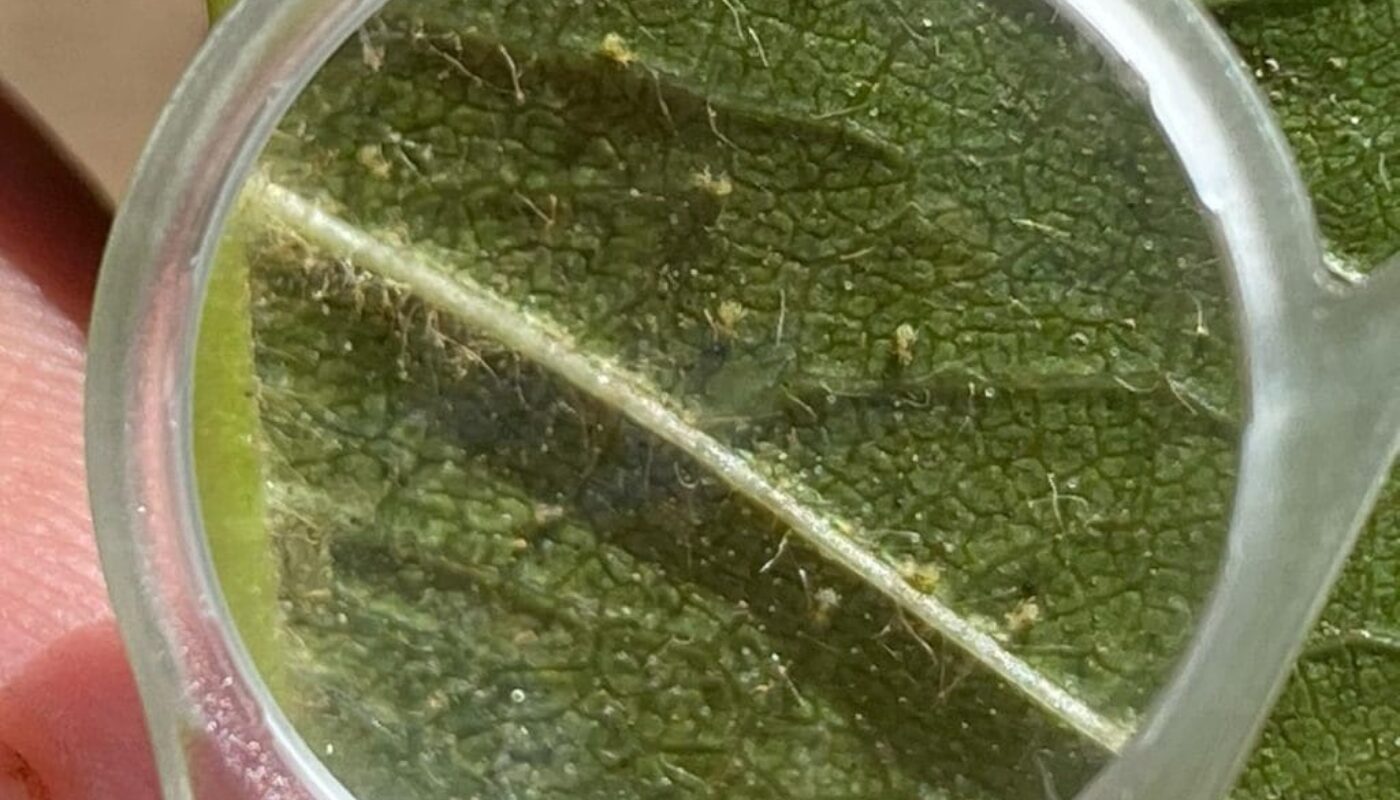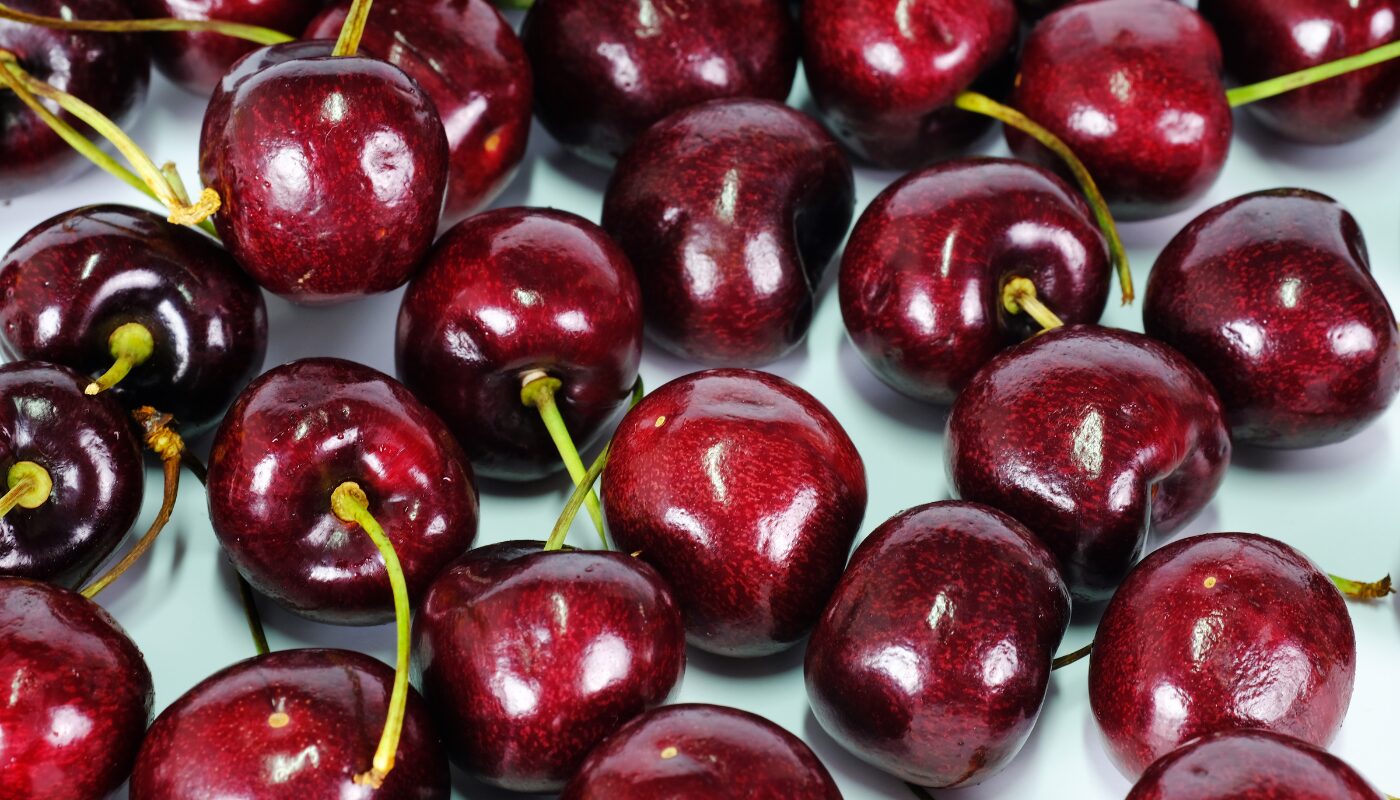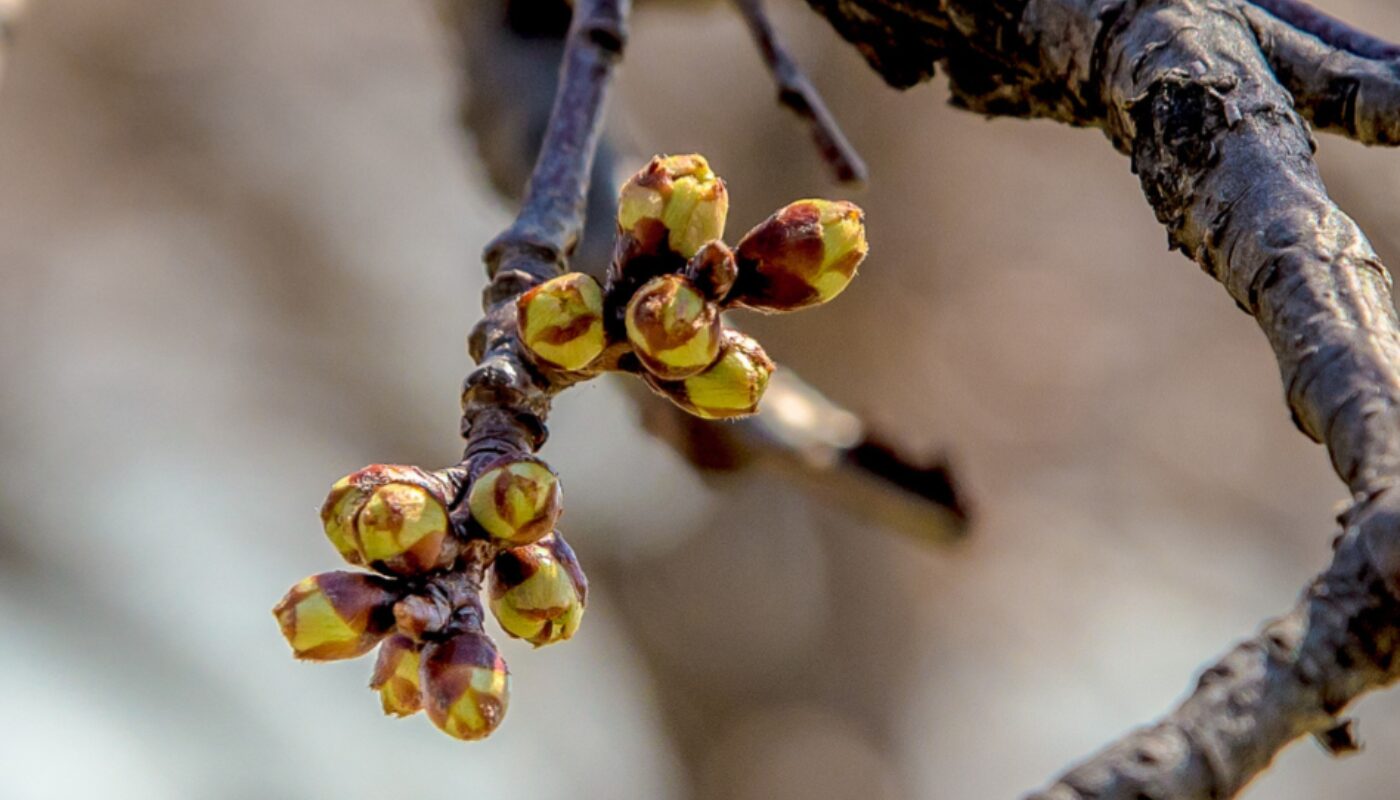While cherry orchards have a more limited range of pests compared to grapes or pome fruits, the causal agents of damage are no less significant.
In the following article, we will analyze, together with Christian Volosky, an entomological advisor, the main pests that affect cherry trees, covering their detection, prevention, control, and management.
During the post-harvest period and the beginning of dormancy transition, what are the pests that have the highest incidence at this time, and what should we primarily be cautious of?
Well, undoubtedly, the non-flying pests. Those pests that develop throughout the season in the crop, such as spider mites, scales, and whiteflies, are the pests that we should be controlling to certain levels at that moment. From that perspective, it seems to me that the biggest problem nowadays lies with spider mites, particularly the two-spotted spider mite. This is a pest that causes many issues at the moment. Generally, we need to make two to three post-harvest applications to prevent any impact it may have on the plant and ensure proper entry into dormancy.
Spider mites:
How do I detect the presence of spider mites? Can I visually inspect the plant and see if it has them, or do I need to look for other signs on the plant? What causes this presence of spider mites if I don’t implement effective control measures?
Well, monitoring for spider mites should be one of the simplest tasks. All you need is a simple hand lens to observe both leaf surfaces, the upper and lower. Certain species are typically associated with the upper surface, such as the European red spider mite, while others are found on the lower surface, like the two-spotted spider mite.
Ideally, we would always conduct systematic monitoring of our plants because once we see the damage, unfortunately, there’s already a loss, an associated economic problem. From that perspective, the culture of monitoring is tremendously relevant. We should always be observing, seeing what’s happening, and preventing ourselves from reaching economic damage thresholds or levels, right? So as to avoid this direct harm to the plant.
In summary, I would say it’s a very easy pest to monitor, one that only requires a monitor with their hand lens, and we could easily observe, for example, in all those plants that are generally closer to the edges of the blocks. As for detection, I imagine all this control falls within a phytosanitary program, but it depends on when I start monitoring and how much I have to apply or do in case of presence or even preventively. In general, we should consider monitoring as a regular practice in our crop, not only in cherry trees but in all crops. Ideally, we should have monitoring weekly or at most every two weeks.
Regarding the second question, when to apply, that will be determined by the field condition. It’s what’s known as the economic damage threshold, which is the moment when the number of insects, or mites in this case, must be intervened to prevent their populations from escalating to a higher level, where they will cause damage. In other words, it’s a preventive measure. It could be two mites per leaf, it could be four mites per leaf, but generalization is not possible. Each orchard, each sector of the orchard, has a different damage threshold. It could be one, it could be two, it could be four. Likewise, depending on the pest, we will also have dynamic thresholds. At certain times during the season, we will need stricter thresholds, and later on, we may need thresholds that can be slightly higher.
Drosophila suzukii
Regarding Drosophila suzukii, how do I detect its presence? What do I have to do? Is this constant monitoring also necessary? Or is there a time of year when this pest is more prevalent than the rest of the year?
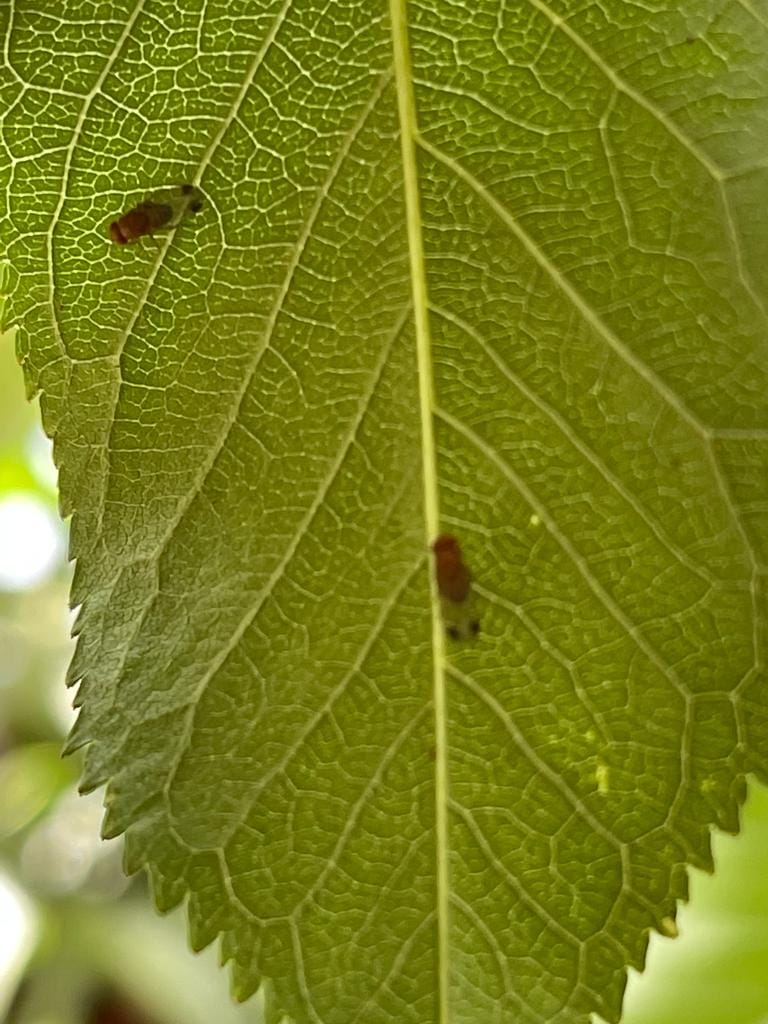
The Drosophila is different; it’s a flying pest, one that will be constantly exerting pressure on the crop, and from that point of view, we need to do two things: First, monitoring to establish the magnitude of the season, and this monitoring is done using traps with food baits. This bait is nothing more than apple cider vinegar; three or four traps per block are used, and these traps should always be placed, ideally, in the wettest areas or on the edges of the blocks.
In general, Drosophila suzukii affects the plant depending on its phenological state, so from straw color to harvest, we should, under conditions of the presence of this pest, have practically continuous control with the residuality of chemical products. A good chemical product will provide control for no more than seven to ten days at best, so we need to ensure that there are successive applications based on their residuality, from the beginning of straw color to harvest.
In the case of biorational or biological alternatives, they are very interesting, very attractive, because they generally do not leave residues on the fruit, but their residualities must be considered very carefully. It is common for biorational products to have more limited residualities than conventional products.
The major issues we face with Drosophila s. are determined by three factors:
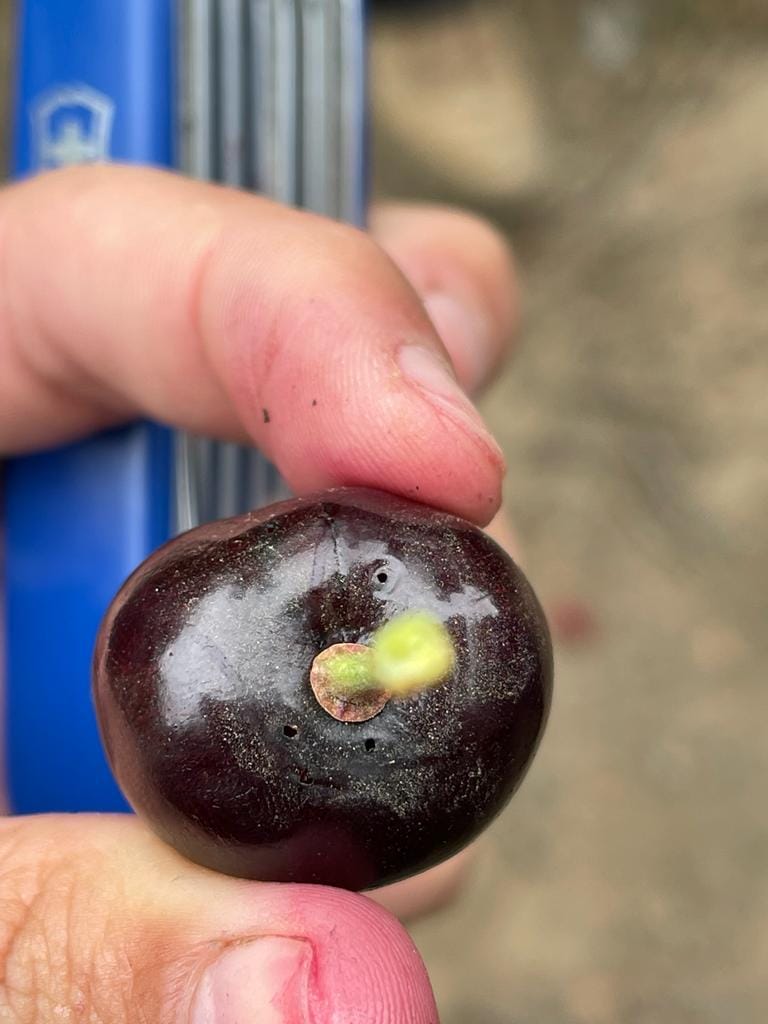
Firstly, an inadequate timing of application, meaning we don’t respect the onset of straw color but rather go towards color break; within those two or three days, the pest can infest. Secondly, an incorrect choice of active ingredients. Many products we frequently use in control, for example, scales or whiteflies, or moths, are not effective against Drosophila suzukii. And thirdly, an overestimation of the residuality of products. The products don’t last for twelve days, they don’t last for fourteen days, they last for seven, at best they might last for ten. So, when we combine these three factors and address them correctly, Drosophila problems practically vanish. Whenever we have a Drosophila problem, it’s going to be due to one of these factors, or because the quality of our applications isn’t optimal.
There, what also plays a fundamental role is everything related to machinery calibration and proper coverage, and all those kinds of things.
Absolutely. Proper application quality always involves slow application speeds, 3, 3.5 kilometers per hour ideally. Moderate pressures, although determined by the nozzle manufacturer, I would say between six and eight is more than sufficient, and also avoiding times when weather conditions are adverse. I primarily mean very high temperatures or times of day when wind speeds are very high.
Scales
Y respecto a escamas, ¿también debo prestar atención en postcosecha o en qué época del año? ¿Cómo la detecto?
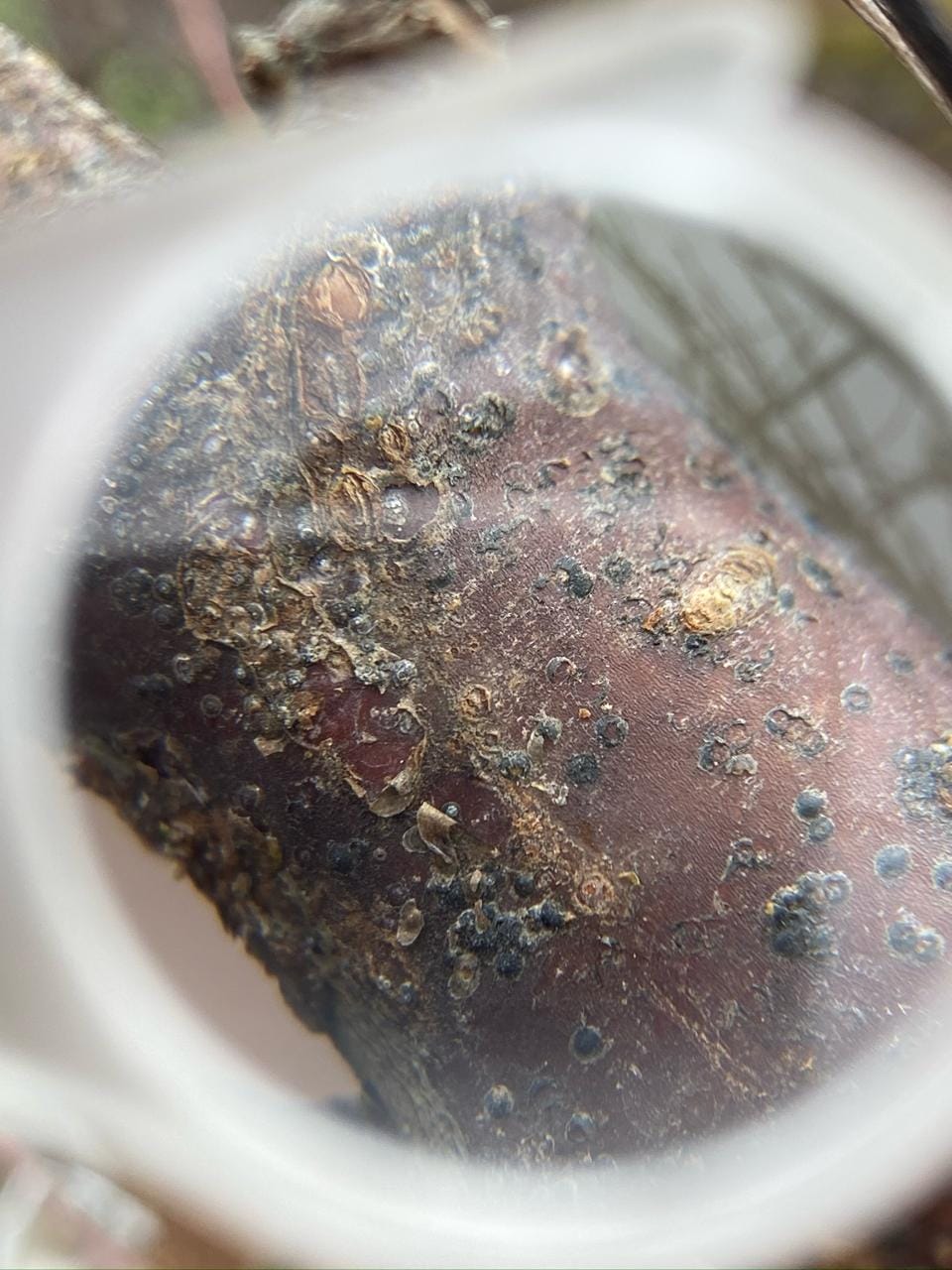
When we talk about scales, we refer to more than one species. Generally, we have very good control of the San Jose scale. The San Jose scale has three generations during the season and is very well controlled from winter emergence until near summer. We have very good control levels. But unfortunately, the big problem is with another species of scale; the apple mussel scale or oystershell scale. This scale actually has a completely different biology than the San Jose scale. It is not affected by winter treatments, which are very effective on the San Jose scale. Primarily because it hibernates as an egg and not as a first-instar nymph like in the case of San Jose scale. Therefore, it hibernates as a state not susceptible to winter applications. And later it has two migration periods, which also do not coincide with the San Jose scale. The most important occurs from late September to October in the southern hemisphere.
What I mean by this is that often we talk about controlling scale, but we generalize. And a very good control of the San Jose scale does not necessarily mean good control of scale overall. In fact, a rather interesting fact is that the primary cause of quarantine rejections in Chilean cherries is precisely oystershell scale. And in the case of the San Jose scale, there are practically no quarantine rejections observed. This is exclusively related to the timing of our applications.
Is detection more complex than the other two for example, because those that are visible to the naked eye?
Not at all. It’s exactly the same. In particular, the oystershell scale is a bit simpler because it has a very specific long shape, so it’s very easy to see.
Generally, the oystershell scale is present in orchards that do not have very thorough phytosanitary work, or often, unfortunately, it comes from plants from the nursery.
And regarding the climate, how does all the agro climatological aspect affect pests?
For example, I immediately think of Drosophila suzukii, as it’s a pest that has a very wide temperature range, ranging from 5 to 30 or 32 degrees Celsius, where it can thrive. But its limiting factor is always relative humidity; it cannot tolerate low relative humidity.
Therefore, spring or summer, in which we have high rainfall, will eventually have a greater impact on the pest because it will have a more favorable predisposing condition. Conversely, a condition of high rainfall, in the case of a spider mite, for example, can even be beneficial for us since it disturbs the species. So, clearly, temperatures, humidity, depending on the pest, can be favorable for some or unfavorable for others.
What’s important for all pests is that temperatures be relatively high. The higher the temperatures, up to certain levels, the pests will be able to develop more quickly, more rapidly, and eventually, in some cases, they could even generate more generations per season.
If I have a garden surrounded by wild blackberry bushes, what is advisable? Should I remove those blackberries or leave them? Because there are different stances: I remove the blackberries to prevent a place where they can lodge, but on the other hand, some people think it’s better to leave the blackberries so that Drosophila has a place to lodge other than the cherry tree.
I couldn’t tell you which one is correct and which one is not. What I could tell you is that, personally, I don’t apply treatments on alternative hosts, and I can justify why. First, because Drosophila, as we said at the beginning, is not associated with these hosts all year round, but only when it can complete its cycle, that is, from color change, in the case of blackberries, until harvest. In the case of cherry, from the beginning of straw color until harvest. At that moment, the fruit has the optimal conditions to receive the eggs of the Drosophila
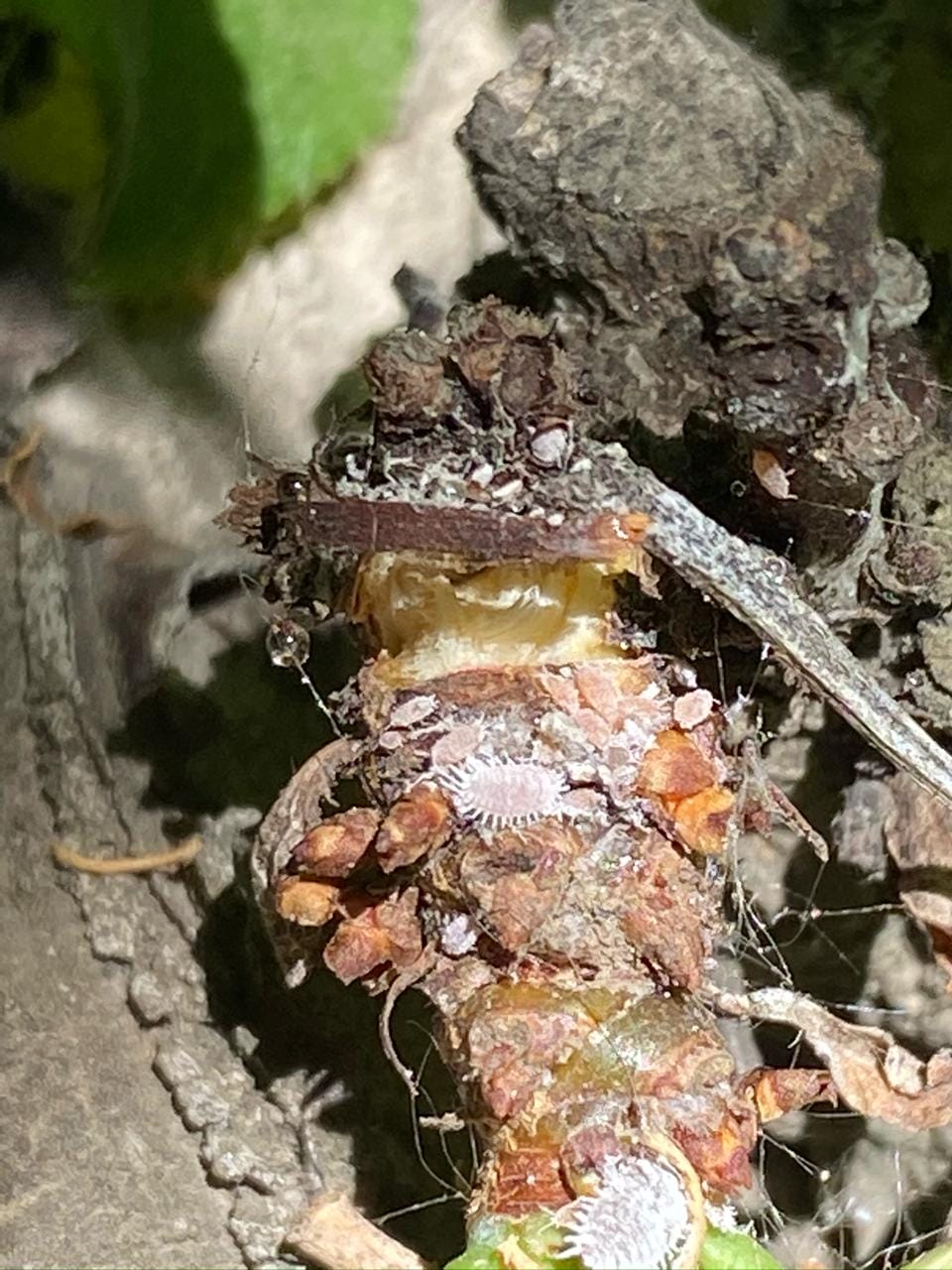
What do I mean by this? The period when the blackberry is susceptible to Drosophila is not the same as when the cherry is susceptible to Drosophila. In other words, the straw color of the cherry occurs much earlier than the color change in the blackberry. Therefore, I don’t think it’s convenient to apply treatments.
On the other hand, we need to consider this: our industry relies on monocultures, and all these alternative hosts create a break in that monoculture, providing greater biodiversity. Often, it’s in these alternative hosts where many natural enemies breed, which may not be effective against Drosophila but are for aphids, scales, whiteflies, and so on.
Personally, I don’t believe it’s beneficial to apply treatments, but I’ve seen both stances. What I’ve never seen is scientific evidence supporting the stance that applying treatments directly generates benefits.
Images by Avium
Article written based on an interview with Christian Volosky on Smartcherry TV.


